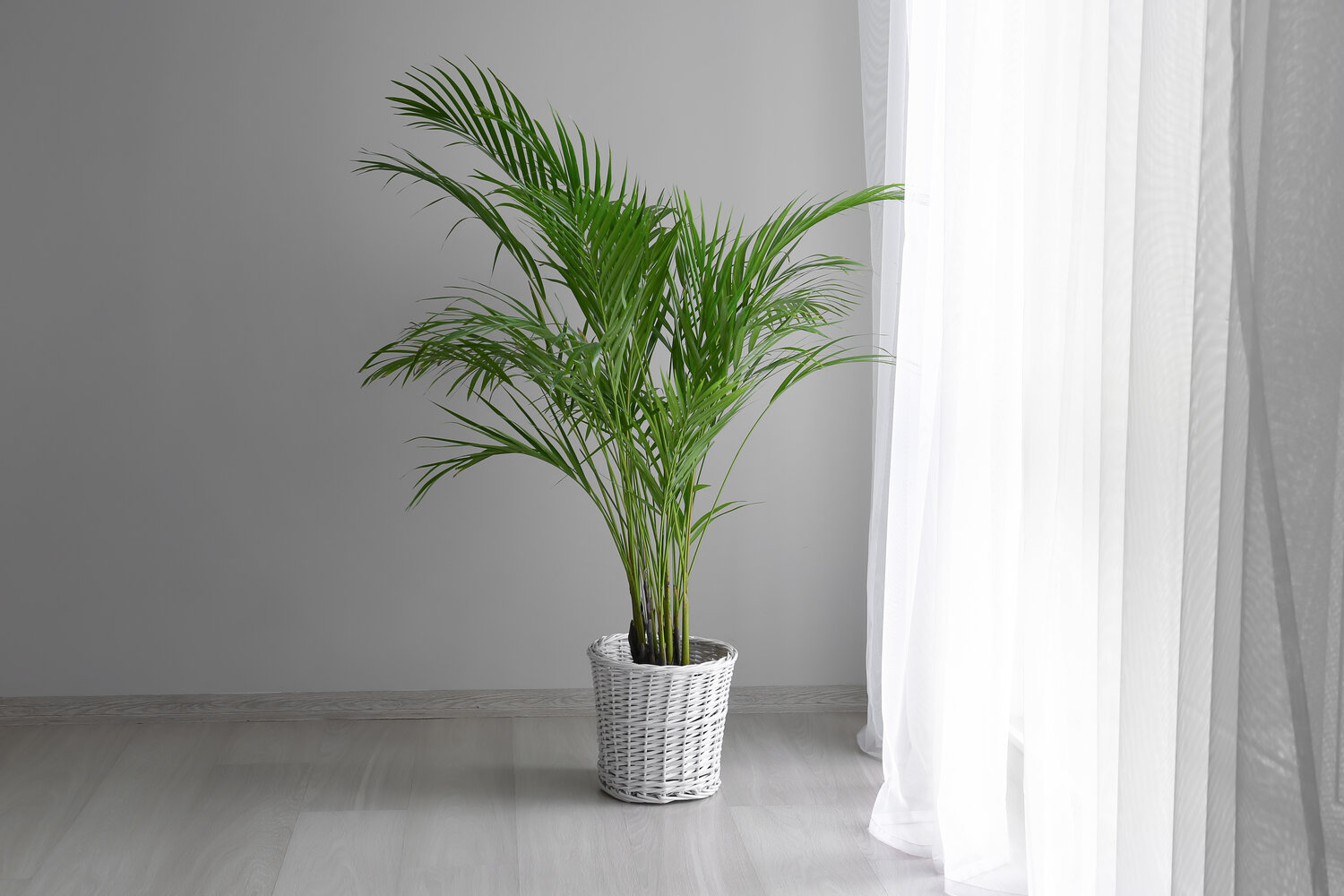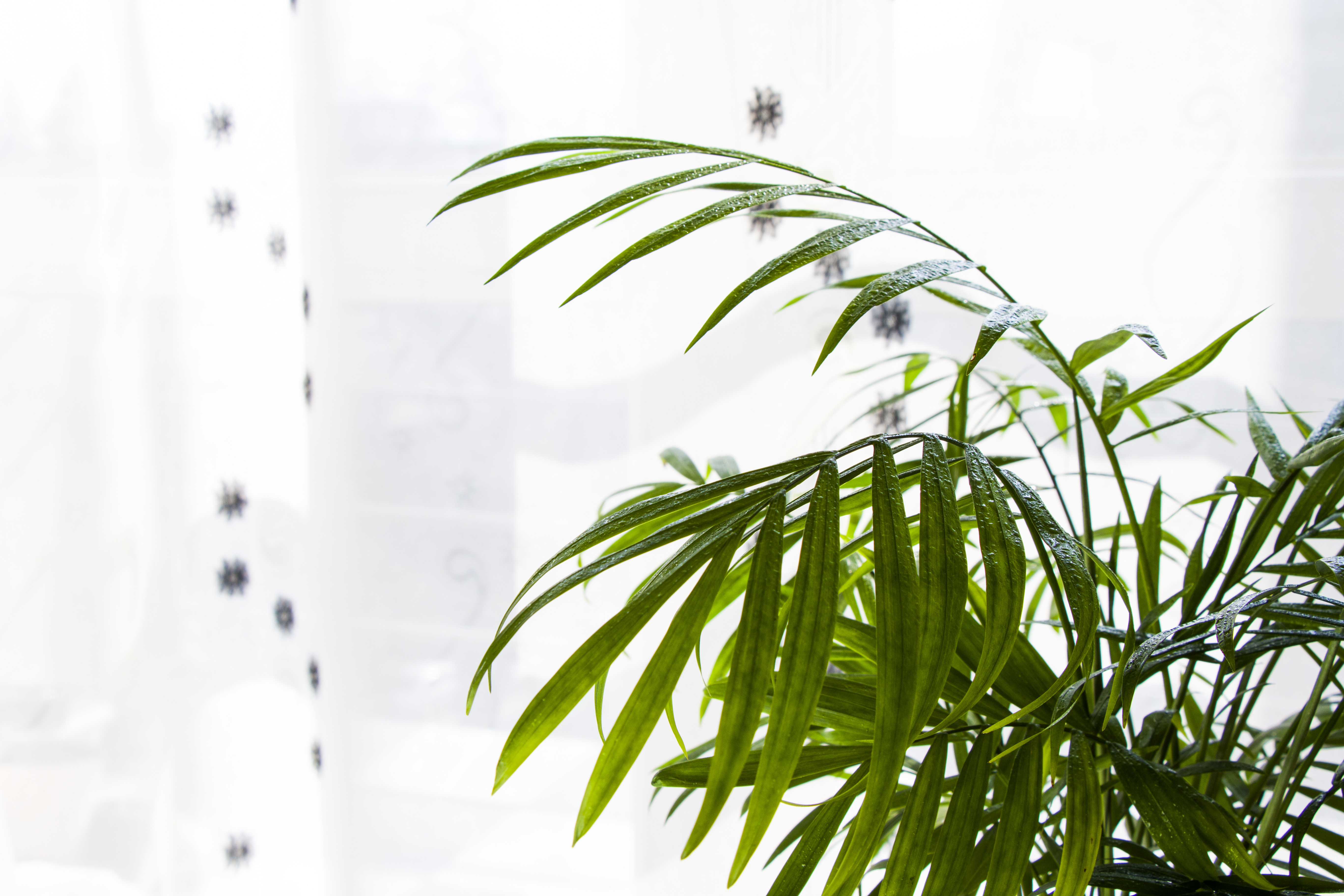Origin
Dypsis lutescens , commonly known as the Areca Palm, is a beautiful perennial from the Arecaceae family - the same family as the coconut tree.
They are native to Madagascar, but can now also be found in a number of different places including Cuba, Puerto Rico, the Canary Islands and the Dominican Republic, as well as worldwide as a houseplant.
Their stems and leaves can look a lot like bamboo, giving this plant its alternative common name 'Bamboo Palm'.

Care
Areca Palms like plenty of bright light, and can usually tolerate full sun. Keep an eye out for scorch marks on the foliage, though, as this can be a sign that the sun is too hot / strong for your Palm.
Similar to other palms, this plant likes water and will be happy if its soil is kept moist. However, they can be susceptible to root rot, so it's very important that it is planted in a well-draining soil - preferably peat-based - and that you never allow it to sit in water. It's better to underwater than overwater your Areca Palm.
These plants have yellow stems that usually get small black spots on them - this is perfectly normal and nothing to worry about.
Areca Palms can also be sensitive to the fluoride found in tap water, so it is a good idea to water yours using rainwater or distilled water instead.

Other
If your Areca Palm is unhappy, it will let you know through its foliage! They don't like cold temperatures and will start to look sad if they're exposed to drafts, so don't place yours too close to a window or A.C. unit. Exposure to bursts of cold temperatures can cause dark spots to develop on the leaves. On the other hand, your Palm won't like being too close to a heat source either, as this can cause it to dry out, and these palms like humidity.
Eventually, an Areca Palm can acclimate to normal indoor humidity levels, but if you want to give it the best possible conditions then high humidity is a must! You can boost the humidity around your plant by regularly misting it and / or using a pebble tray.
The foliage will also respond to a number of different problems, such as under- or over-watering or incorrect soil conditions, by turning yellow or brown. Therefore, it can be beneficial to keep an eye on your Areca Palm's leaves to try and catch early symptoms of potential problems. Catching the problem early can help make it much easier to treat.